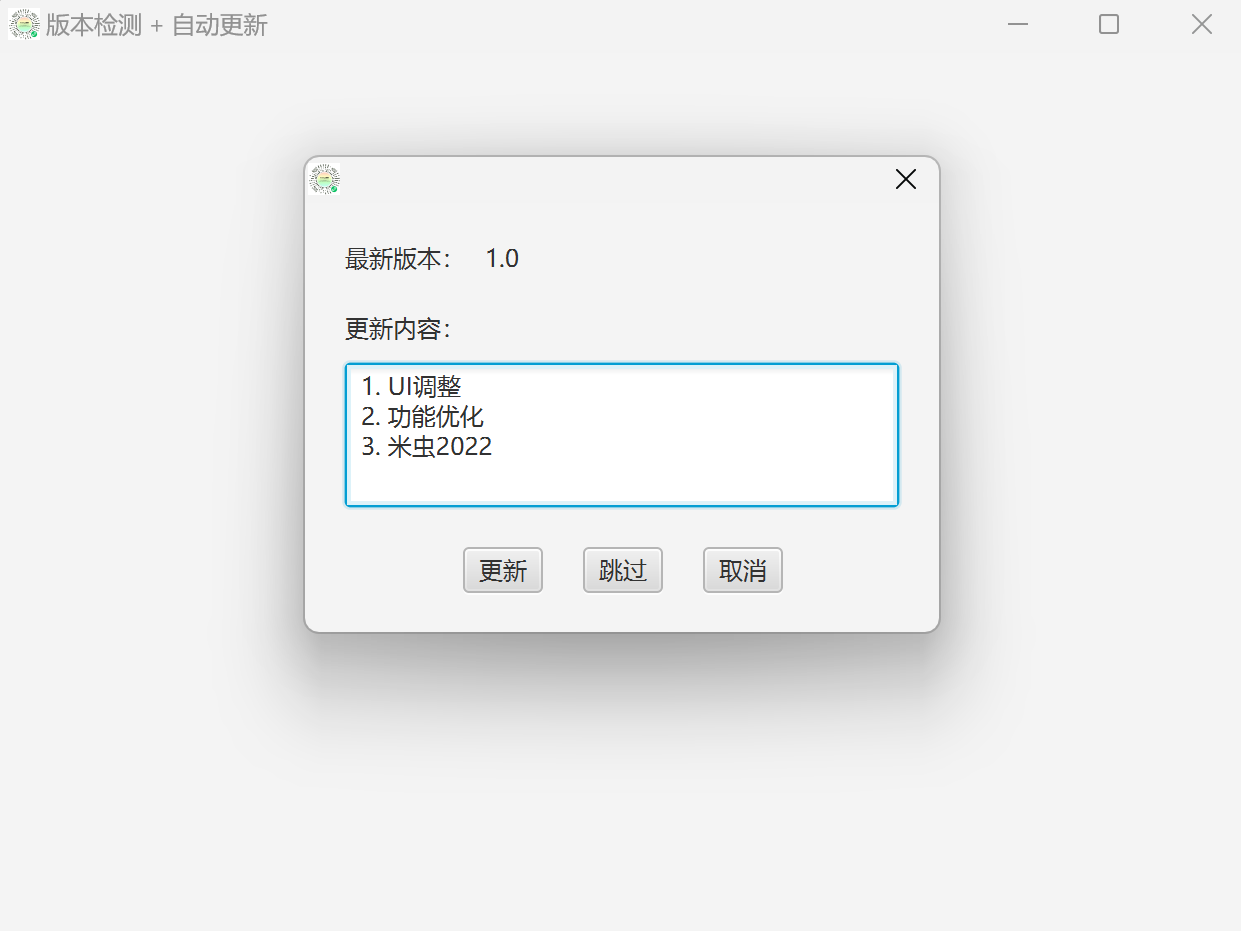“秒懂”学C/C++不可错过的“经典编程题” — 日期类的经典运用 (含题链接)
- 1. 计算日期到天数转换
- (1). 解题思路:
- (2). 代码实现:
- 2. 打印日期
- (1). 解题思路:
- (2). 代码实现:
- 3. 日期累加
- (1). 解题思路:
- (2). 代码实现:
- 4. 日期差值
- (1). 解题思路:
- (2). 代码实现:
1. 计算日期到天数转换
点这里:本题牛客网链接

我们先来看看这段关键代码:
该段代码巧用数组下标得到某年某月的天数,下面所以题都会运用此段代码
int GetMonthDay(int year, int month)
{
static int arrDays[13] = { 0, 31, 28, 31, 30, 31, 30, 31, 31, 30, 31, 30, 31 };
if (month == 2 && ((year % 4 == 0 && year % 100 != 0) || year % 400 == 0))
return 29;
else
return arrDays[month];
}
(1). 解题思路:
举列子:

通过函数GetMonthDay(int year, int month)可以轻松得到某年某月天数(0月是0天),看图片右边,我们先将3月天数15单独放一边,让3月先减1得到2,然后通过函数得到2月天数,将其保存再sum中,然后月份再减1,得到1月天数,累加到sum(初始化为0)中,直到月份为0;这里我们就得到了1月加2月的天数,最后输出的时候我们把单独放在一边的3月的天数加上。
其他日期道理相同,因此得到代码:
(2). 代码实现:
#include <iostream>
using namespace std;
int GetMonthDay(int year, int month)
{
static int arrDays[13] = { 0, 31, 28, 31, 30, 31, 30, 31, 31, 30, 31, 30, 31 };
if (month == 2 && ((year % 4 == 0 && year % 100 != 0) || year % 400 == 0))
return 29;
else
return arrDays[month];
}
int main() {
int _year, _month, _day;
cin >> _year >> _month >> _day;
int sum = 0;
while (_month > 0)
{
_month--;
sum += GetMonthDay(_year, _month);//除去当前月份的天数之和
}
cout << sum + _day << endl;//加上当前月份天数_day
return 0;
}
2. 打印日期
点这里:本题牛客网链接

(1). 解题思路:
举列子:

先定义并初始化month为1,循环结束条件为当前天数小于对应月份总天数,
进入循环先让天数减去1月总天数,月份加1为2,减去2月总天数,剩余天数小于3月份天数时结束循环,如果月份加到13,让年加1并且月份重新赋值为1。
其他日期道理相同,因此得到代码:
(2). 代码实现:
#include <iostream>
using namespace std;
int GetMonthDay(int year, int month)
{
static int arrDay[] = {0, 31, 28, 31, 30, 31, 30, 31, 31, 30, 31, 30, 31};
if(month == 2 && ((year % 4 == 0 && year %100 != 0) || year % 400 == 0))
return 29;
else
return arrDay[month];
}
int main() {
int year, n;
scanf("%4d%d",&year, &n);
int month = 1;
while(n > GetMonthDay(year, month))
{
n -= GetMonthDay(year, month);
month++;
if(month == 13)
{
year++;
month = 1;
}
}
printf("%04d-%02d-%02d\n",year,month,n);//n为余下的天数
}
3. 日期累加
点这里:本题牛客网链接

(1). 解题思路:
举例子:
最开始输入1个日期:

由于最开始可输入多个日期,所以定义count为输入日期个数,用while循环来达到目的。
所以得到代码:
(2). 代码实现:
#include <iostream>
using namespace std;
int GetMonthDay(int year, int month)
{
static int arrDay[13] = {0, 31, 28, 31, 30, 31, 30, 31, 31, 30, 31, 30, 31};
if(month == 2 && ((year % 4 == 0 && year % 100 != 0) || year % 400 == 0))
return 29;
else
return arrDay[month];
}
int main() {
int count;
scanf("%d\n",&count);
while(count--)
{
int year, month, day, n;
scanf("%4d%2d%2d%d",&year,&month, &day, &n);
day += n;
while(day > GetMonthDay(year, month))
{
day -= GetMonthDay(year, month);
month++;
if(month == 13)
{
year++;
month = 1;
}
}
printf("%04d-%02d-%02d\n",year, month, day);
}
}
4. 日期差值
点这里:本题牛客网链接

(1). 解题思路:
计算两日期的间隔,这里的方法是:
- 先判断这两个日期的大小,然后让小的日期一天一天加到大的日期,在这期间通过定义并且初始化为0的变量n来计数,n即为这两日期相差天数。
- 本道题采用将日期自定义为一个类型来实现,巩固并深入理解上篇博客
- 根据思路1我们可以写出代码:
int Date::GapDays(Date& d)
{
Date max = *this;
Date min = d;
if (*this < d)//小于运算符重载
{
min = *this;
max = d;
}
int n = 0;
while (min != max)//不等于运算符重载
{
n++;
++min;//前置++运算符重载
}
return n;
}
由于日期已经被我们自定义为一个类型,所以根据上面代码我们知道要依次运用运算符重载写函数:
1.小于运算符重载函数bool operator<(const Date& d)const;
2.不等于运算符重载函数bool operator!=(const Date& d)const;
3.前置++运算符重载函数Date operator++();
4.而前置++运算符重载函数里面又要写函数Date& operator+=(const int& d);
最终得到如下代码:
(2). 代码实现:
#include <climits>
#include <iostream>
using namespace std;
class Date {
public:
Date(int year, int month, int day) :_year(year), _month(month), _day(day) {}
int GetMonthDay(int _year, int _month);
int GapDays(Date& d);
bool operator<(const Date& d)const;
bool operator!=(const Date& d)const;
Date operator++();
Date& operator+=(const int& d);
private:
int _year = 0;
int _month = 0;
int _day = 0;
};
int Date::GetMonthDay(int year, int month)
{
static int arrDays[13] = { 0, 31, 28, 31, 30, 31, 30, 31, 31, 30, 31,30, 31 };
if (month == 2 && ((year % 4 == 0 && year % 100 != 0) || year % 400 == 0))
return 29;
else
return arrDays[month];
}
int Date::GapDays(Date& d)
{
Date max = *this;
Date min = d;
if (*this < d)//小于运算符重载
{
min = *this;
max = d;
}
int n = 0;
while (min != max)//不等于运算符重载
{
n++;
++min;//前置++运算符重载
}
return n;
}
bool Date::operator<(const Date& d)const {
if ((_year < d._year) || (_year == d._year && _month < d._month) || (_year == d._year && _month == d._month && _day < d._day))
return true;
else
return false;;
}
bool Date::operator!=(const Date& d)const {
if (_year == d._year && _month == d._month && _day == d._day)
return false;
else
return true;
}
Date Date::operator++()
{
*this += 1;//+=运算符重载
return *this;
}
Date& Date::operator+=(const int& d)
{
_day += d;
while (_day > GetMonthDay(_year, _month))
{
_day -= GetMonthDay(_year, _month);
_month++;
if (_month == 13)
{
_year++;
_month = 1;
}
}
return *this;
}
int main() {
int year1, month1, day1;
scanf("%4d%2d%2d", &year1, &month1, &day1);
Date d1(year1, month1, day1);
int year2, month2, day2;
scanf("%4d%2d%2d", &year2, &month2, &day2);
Date d2(year2, month2, day2);
cout << d1.GapDays(d2) + 1;//加1符合题意,即连续两天间隔天数为2
}



















